

Economic Characteristics
Introduction
The overall development of a country is grounded on the production of goods and services. Critical to the production process is the human capital of the country. Although all persons regardless of age and sex consume goods and services produced, a small proportion of the population produces them. This group of working population is referred to as the employed population or the working force. The type of economic activity pursued is influenced by the nature of the economy and the level of socio-economic development (Hull, 2009). All things being equal, the larger the employed population, the more wealth is created, leading to improved standards of living of the general populace.
This chapter presents information on the activity status, size and structure of the labour force, and its distribution by occupation and industry. Also the employment status and employment sector of the population is analyzed. This section also looks at the economically active and economically not active population. Each of these population characteristics are analyzed by age, sex and type of locality.
Economic Activity Status
This section provides information on economic activity status of the population 15 years and older. Figure 4.1 shows that, out of the total population of 35,029 aged 15 years and older, 73.2 percent is economically active (employed and unemployed) while the economically not active population (not employed, not seeking nor available for work) constitutes 26.8 percent.
Of the economically active population, 96.0 percent are employed while the unemployed (that is, those without work but are seeking and available for work) make up 4.0 percent. The employment rate of the males is 96.4 percent and that of the females is 95.7 percent. The proportion of males who are economically active (73.3%) is slightly higher than that of females, 73.1 percent (Table 4.1).
Among the unemployed, the majority (58.8%) is first time job seekers (63.6% males and 55.2% of females). The unemployment rate of females (4.3%) is higher than that of males (3.6%). Those who have worked before but because of some reasons are now unemployed constitute 41.2 percent.
Table 4.1 further shows that, students form a large proportion of the economically not active population (48.8%). A larger proportion of males (61.3%) than females (37.8%), are in full time education or are students. The remaining (42.2 percent) of the economically not active population, the homemaker category constitutes 23.6 percent. A higher percentage of the females (30.1%) than the males (16.2%) are homemakers. Sick or disabled among the economically not active population constitute (6.2%); and the percentages for males and females are (5.6%) are and (6.7%) respectively. Pensioners or the retired constitute only 2.0 percent of the economically not active population. The population that is too young or too old to work accounts for 12.3 percent and 7.4 percent of males and 16.6 percent of females are in this category.
Table 4.2 shows that the proportion of the employed population 15 years and older increases with age. For instance, at the age group 15-19, the proportion of the employed is about 20 percent and these increases continue up to age group 55-59 (91.0%) before it declined slightly. The small proportion of Employed persons aged 15-19 years forming a small proportion is expected as they are schooling or engaged in apprenticeship.
The group with the highest percentage of the unemployed is the age group 20-24 years (7.1%) while the lowest is the 55-59 age group (0.8%). Higher proportions of both males (7.1%) and females (7.2%) who are unemployed are in the age group 20-24 years. Table 4.2 shows that, persons aged 15-19 years constitute as high as 77.2 percent of the persons that are not economically active. As the age increases, the proportions of those who are economically not active decreases.
Banking Services
Banking and non banking financial institutions are not available in the District. Plans are far underway to establish a rural bank in the area by the people. It is intended that the bank will offer financial assistance to farmers, workers and businessmen in the District to support small and medium scale businesses.
The banking hall is currently being constructed at the Nsuaem II.
Date Created : 11/25/2017 3:49:35 AM
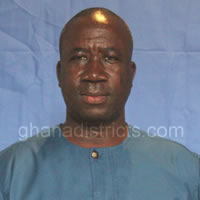
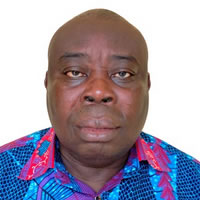


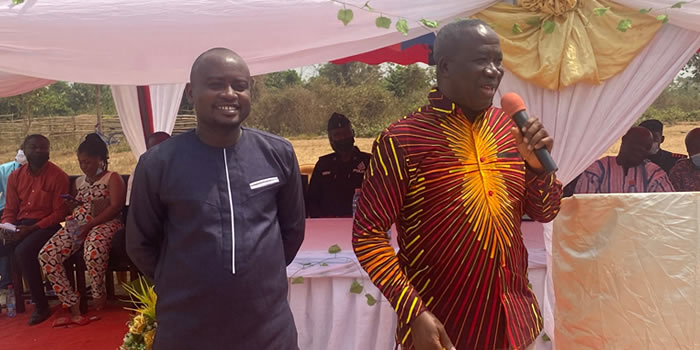
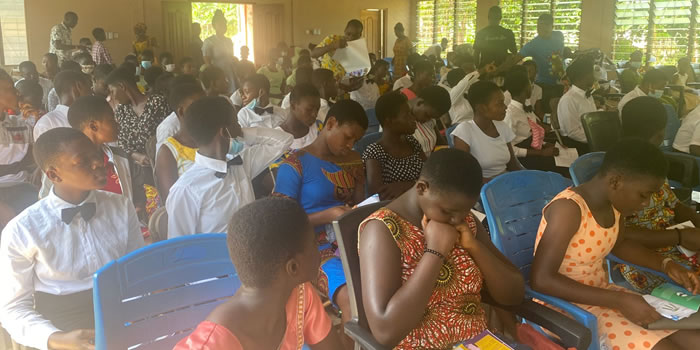
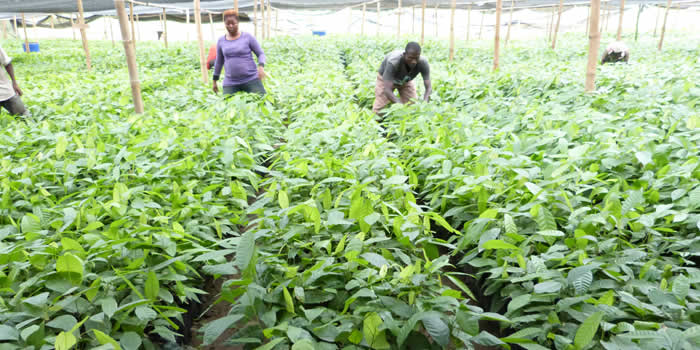





 facebook
facebook
 twitter
twitter
 Youtube
Youtube
 +233 593 831 280
+233 593 831 280 0800 430 430
0800 430 430 GPS: GE-231-4383
GPS: GE-231-4383 info@ghanadistricts.com
info@ghanadistricts.com Box GP1044, Accra, Ghana
Box GP1044, Accra, Ghana